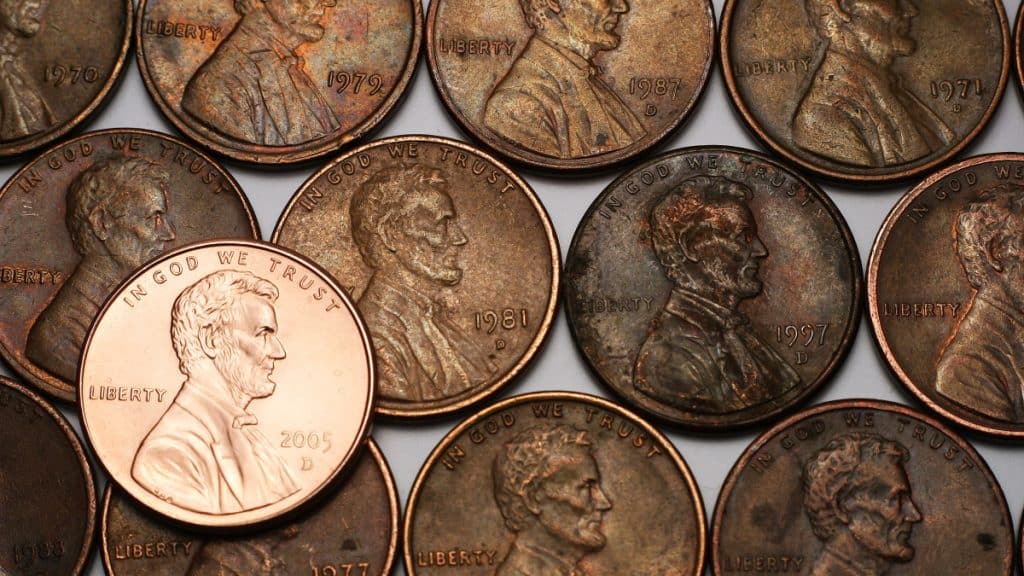If you happen to come into possession of a rare coin, or if you want to acquire it specifically, you can usually expect to pay many times the actual coin value. For example, a rare 50-cent coin can quickly fetch a hundred or a thousand times its actual face value on the collector’s market. Whatever way such a coin comes to you, if you get your hands on it, you should also recognize it by the characteristics of a minting error. Besides coins with minting errors, there are also rare coins that are valuable due to their limited number of pieces.
Valuable Coins with Minting Errors
Faulty cent or euro coins can be extremely valuable. Not often, but every now and then, there are deviations in the material or the stamping machine at the mint, resulting in a minting error. If these are not recognized directly, such a coin with minting errors sometimes gets into circulation. Who then gets a coin with minting error in the hands and recognizes it, can consider themselves lucky. Because collectors are here ready to spend far more than the actual face value for it.
The Typical Characteristics of Minting Errors
When a minting error occurs, it is often due to a minting on an incorrect format. Some mintages even have erroneous inscriptions from a completely different country. This is then because a different die was used by mistake. Also by their edge you can recognize some coins with minting errors, if this turns out differently than intended. Especially rare and therefore of high value are the so-called fried eggs. These coins have a slightly raised inner piece compared to the outer ring.
The classics among the coins with minting errors include one-euro pieces, whose minting originated on a 50-cent blank. Or the French ten-cent coins from 1999, which have a corrugated edge instead of the normal wavy edge, which makes the heart of every collector beat faster.
Valuable Coins From EU Countries without Minting Errors
When it comes to value on the collector’s market, coins without minting errors can also be very lucrative. These include coins from EU dwarf states. This is because such coins are worth more simply because they are produced in much smaller quantities than those of larger neighboring countries.
Especially coins from the Vatican, Monaco, San Marino and Andorra are very popular here and due to their rarity are worth more than other euro coins. These coins are comparatively easy to recognize by the imprinted name of the country or even the motif.
All important information and details about the coin motifs of rare coins from the EU dwarf states can also be found on the Euro Coin Palette, which can be found in its entirety on Wikipedia.
The most Expensive Coin Comes from Monaco
A two-euro coin from Monaco tops the list of the most valuable coins from the EU states. Namely, the two-euro coin that bears an image of the famous Princess Grazia Patrizia and Hollywood actress alias Grace Kelly on the reverse. The special mintage is limited to 20,0001 pieces.
Valuable Collector Coins with art Mintings
Euro coins with special art mintings, can exceed the face value many times over when sold. These art mintings include motifs on the reverse of such a rare coin, which come from renowned artists.
A representative example of a rare coin with art minting is the fairly recent two-euro coin by Greek artist George Stamatopoulos. The special feature here is the stick figure, which is located next to the hand-painted euro symbol.
Also to be mentioned here is the two-euro coin from Monaco, which represents the 800th anniversary of the castle on the rock of Monaco, by means of an artistic design. This coin is limited to only 10,000 copies.

